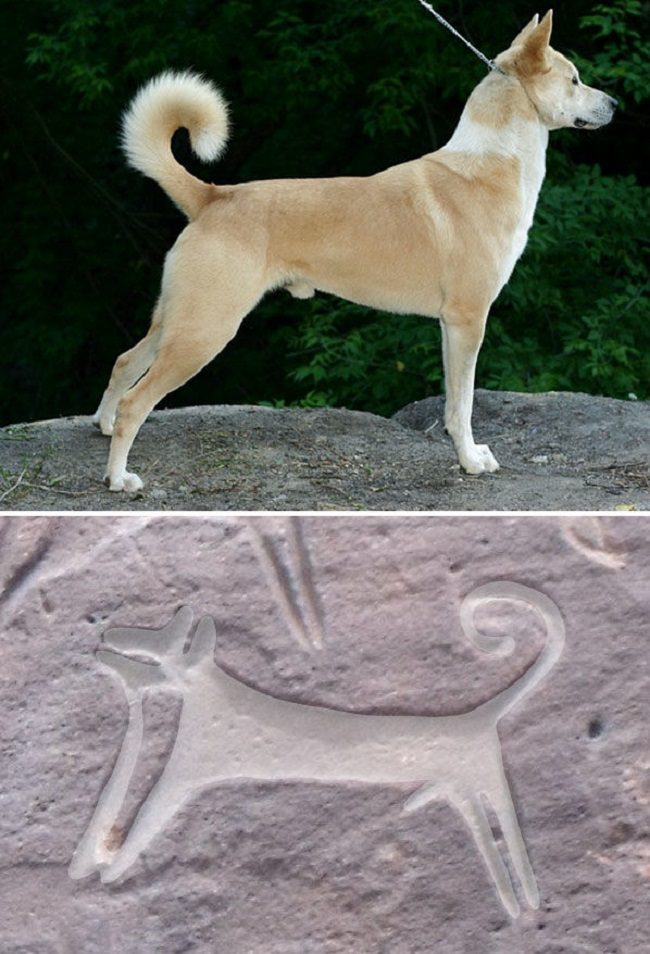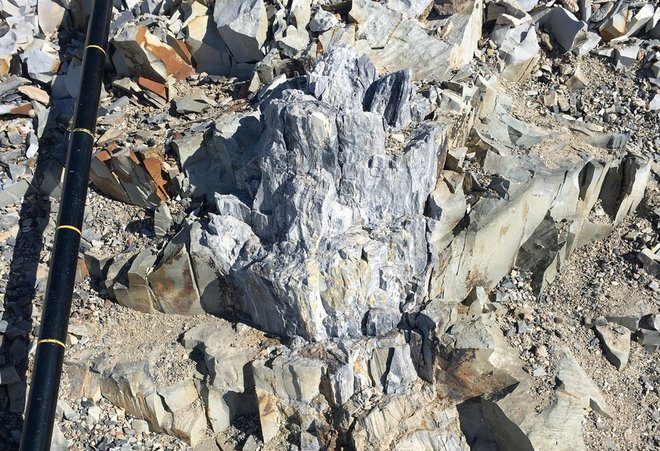
© Los Angeles County Museum of Art)A clay tablet with cuneiform inscription from Anatolia circa 1875-1840 B.C. Researchers have extracted numbers from thousands of these tablets to create a database of trade in ancient Assyria.
Using numbers scrawled by Bronze Age merchants on 4,000-year-old clay tablets, a historian and three economists have developed a novel way
to pinpoint the locations of lost cities of the ancient world.The ancient city of
Kanesh, located in the middle of modern-day Turkey, was a hub of trade in the Anatolian region four millennia ago. Modern-day archaeologists have unearthed artifacts from the city, including more than 23,000 cuneiform texts, inscribed in clay by ancient Assyrian merchants.
The texts themselves are mostly "business letters, shipment documents, accounting records, seals and contracts," according to the working paper by Gojko Barjamovic, Thomas Chaney, Kerem A. Cosar and Ali Hortacsu. Barjamovic is an expert in the history of
Assyria, the ancient Middle Eastern kingdom founded near the Tigris River in what is present-day Iraq. His co-authors are economists from, respectively, the Paris Institute of Political Studies, the University of Virginia and the University of Chicago.
A typical passage from the clay tablets, translated by the team, reads something like this:
From Durhumit until Kaneš I incurred expenses of 5 minas of refined (copper), I spent 3 minas of copper until Wahšušana, I acquired and spent small wares for a value of 4 shekels of silver




Comment: It is hard to imagine something more despicable than planning the ethnic cleansing and genocide of 1.4 million people so you can keep their land. But that's exactly how Israel was created.
We recommend Ilan Pappe's excellent book The Ethnic Cleansing of Palestine.